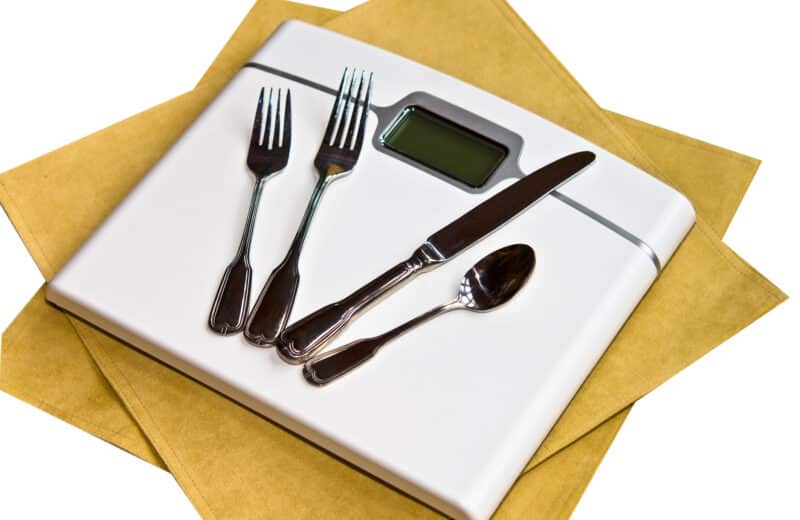You don’t need to summit Mount Everest to net the many benefits of hiking. Even a moderate one-hour hike can burn around 400 calories, all while sculpting your core and lower body. And as the elevation goes up, so do the benefits.
Find a trail near you at www.hikingproject.com, which features GPS and elevation data and user-generated tips for almost 14,000 beginner to advanced trails. (Just remember to download your route from the app in case you lose reception.)
Grab a granola bar and set out to tap these powerful rewards.
Your legs will never look better.
“Trekking up a mountain is a lot like climbing the stairclimber or doing lunges over and over, which strengthens your glutes, quads, hamstrings and calves,” says Joel Martin, Ph.D., an assistant professor of exercise, fitness and health promotion at George Mason University.
But traveling downhill is what really leaves your legs sore, then sculpted. “To go downhill, your glutes and quads need to do a lot of slow, controlled work to stabilize your knees and hips so you don’t fall,” Martin says. “These types of contractions damage muscle fibers the most because you’re resisting the force of gravity against weight.” This means that while you probably won’t huff and puff on the descent, your muscles aren’t getting a second to slack off.
Every step firms your core.
Navigating tough terrain also requires your abs, obliques and lower back to work to keep your body stabilized and upright — even more so if you’re carrying a backpack. “A heavier bag — around eight to 10 pounds — makes you more unstable, so your core muscles need to work harder,” Martin says. You’ll burn calories regardless (anywhere from 400 to 800 an hour, depending on the trail, he says).
It’s killer cross-training.
Whether you’re prepping for a race or not, scheduling some hikes can up your running and cycling game. “Cyclists tend to have strong quads but underdeveloped hamstrings, and runners tend to have weak hamstrings and glutes,” Martin says. “Hiking helps strengthen these muscles to eliminate those types of imbalances.”
It gets you moving better.
Taking a hike forces you to move every which way, as you climb over fallen trees and sidestep slippery rocks. “By doing things that require you to move in multiple directions, you strengthen the stabilizing muscles that fire to prevent common injuries,” Martin says. Think about it: Most everyday injuries occur when people quickly shift from one plane of motion to another, such as when they reach over to pick up a heavy object and pull a back muscle.
It’s a happy pill.
Know that feeling you get when you see a beautiful waterfall or gaze out from atop a mountain? Research shows that such experiences benefit your state of mind: People who spent 50 minutes walking through nature reported less anxiety and more happiness compared with those who walked near traffic, according to a study in the journal Landscape and Urban Planning. And because exercise produces endorphins (known as the happiness hormone), actually moving through nature takes the feel-good benefits to a new level.
It sure beats bonding at the bar.
Working toward a unified goal — like making your way through the woods with others — strengthens relationships and builds bonds. No hiking buddy? No problem. Check for a hiking group in your area at Meetup (meetup.com).
(SHAPE is dedicated to helping you live a healthy and happy life! Shape your life. Eat right. Get Fit. Online at www.shape.com.)
(c) 2017 MEREDITH CORPORATION. DISTRIBUTED BY TRIBUNE CONTENT AGENCY, LLC.













